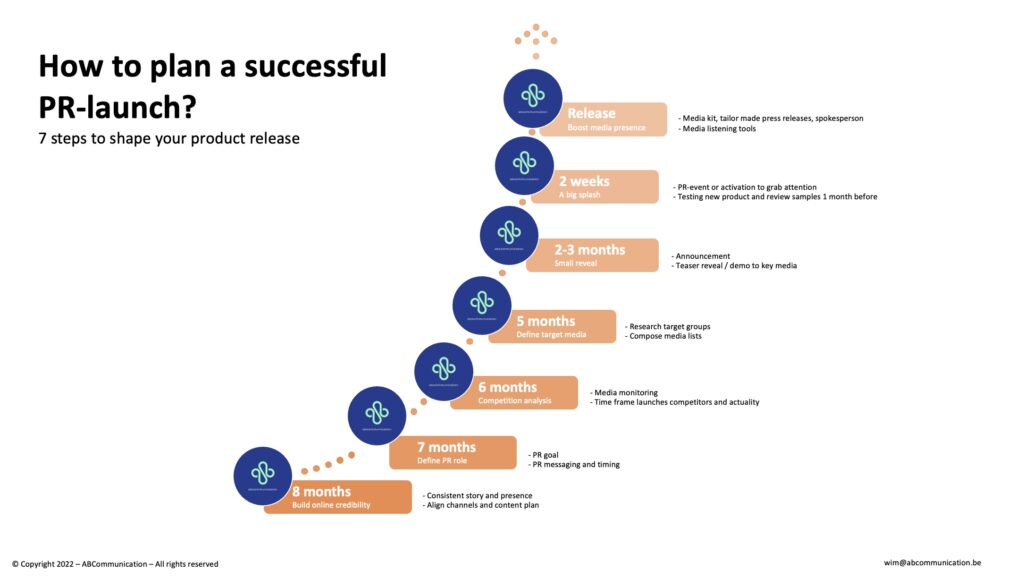Public Relations plays a vital role in promoting an organization’s reputation and image. It has several benefits and can have a significant impact on a company’s success. Let’s look at some figures and sources to back up this claim.
- Improved brand awareness: PR activities contribute to increased brand visibility. A Nielsen study found that 92% of consumers trust recommendations from other people, even if they do not know those people personally. Positive media coverage and effective PR campaigns can significantly increase brand awareness, leading to greater potential for growth and success. (Source: Nielsen, “Global Trust in Advertising and Brand Messages,” 2012)
- Building credibility: PR helps build credibility and trust with the public. According to the 2021 Edelman Trust Barometer report, 61% of consumers trust information from companies they know and have had contact with. Through PR activities, such as media appearances, press releases and thought leadership, a company can demonstrate its expertise and reliability, which in turn increases credibility. (Source: Edelman, “2021 Edelman Trust Barometer”)
- Crisis management and reputation protection: PR is critical when dealing with crisis situations. A Deloitte study found that organizations with a solid crisis communications plan suffer 76% less damage to their reputation than those without a plan. PR professionals play an important role in managing messaging during a crisis, providing transparency and protecting an organization’s reputation. (Source: Deloitte, “The Crisis Management Lifecycle,” 2019)
- Influence on purchasing decisions: PR can have a direct impact on consumers’ purchasing decisions. According to a study by Cision, 71% of consumers report that positive media reports increase their trust in a brand and make them more likely to make a purchase. Through an effective PR strategy, a company can gain consumers’ trust and influence their buying intentions. (Source: Cision, “State of the Media 2021 Report”)
These figures and studies illustrate the benefits and impact of PR on an organization’s success. Through improved brand awareness, credibility building, crisis management and influencing purchasing decisions, PR can be a powerful tool to promote a company’s reputation and growth.

